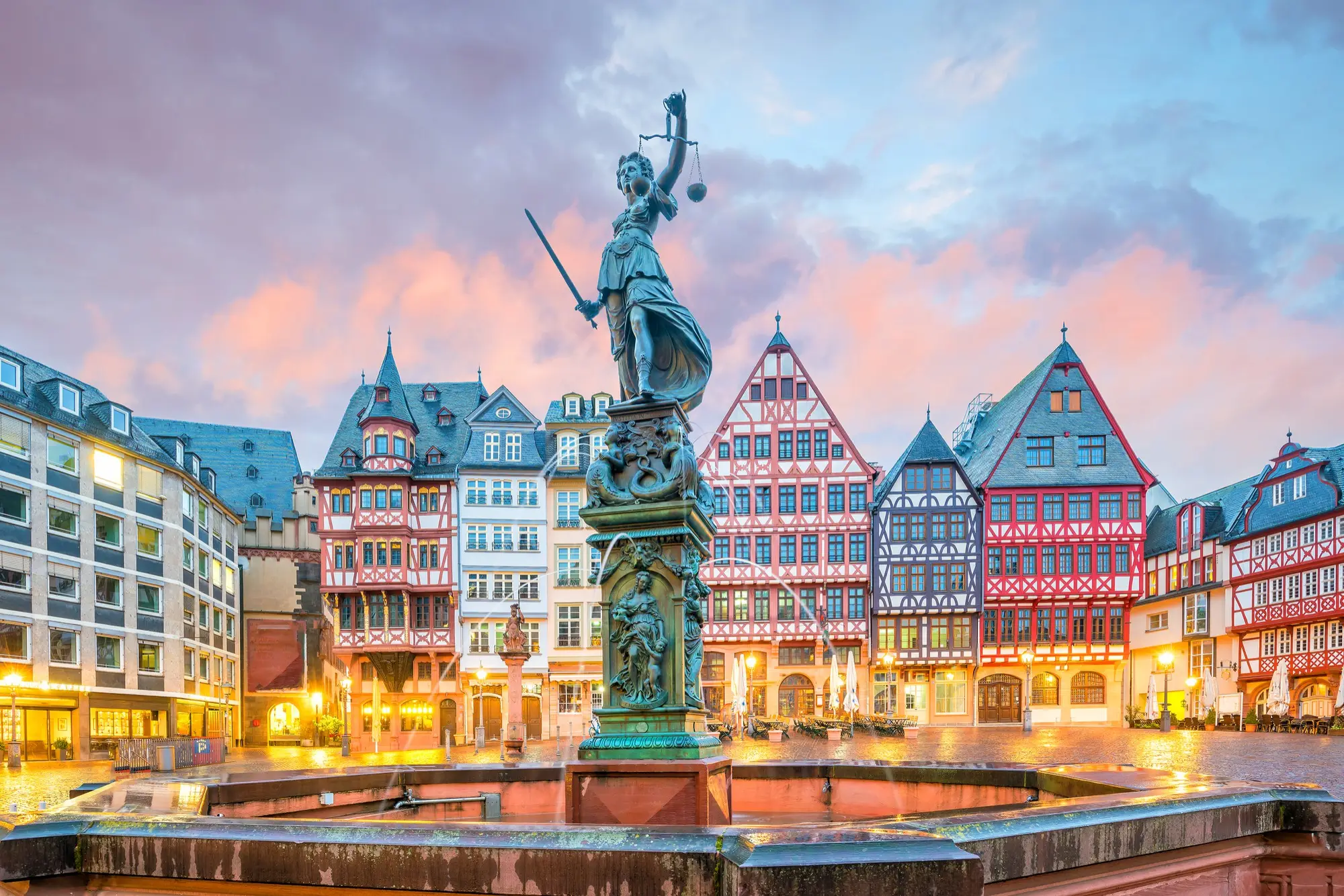THE GREAT EASTERN JOURNEY
13 Days
September 14, 2024
Oman Airways


13 Days
September 14, 2024
Oman Airways
Set off with Somans Leisure Tours on 'The Great Eastern Journey': Traverse seven countries, from Germany's historical sites to the tranquil Danube, with Somans Leisure Tours.
Welcome to Germany. It is a Western European country with a landscape of forests, rivers, mountain ranges and North Sea beaches. It has over 2 millennia of history.
Customer care available 24/7
Free Travel Insurance
Hand-picked Tours & Activities
No-hassle best price guarantee